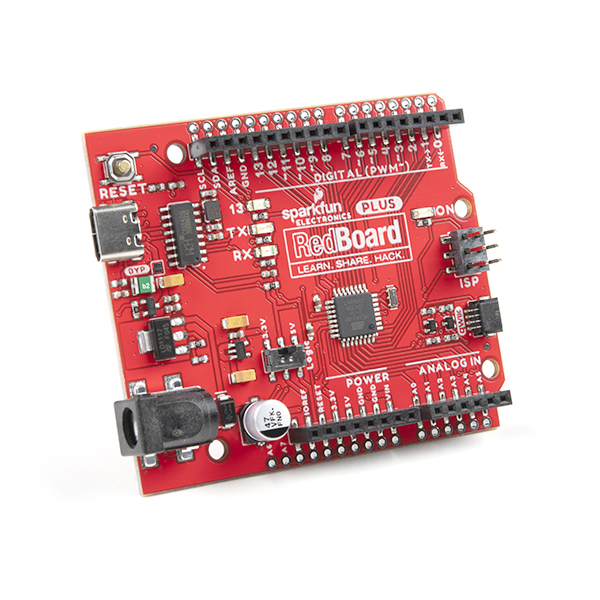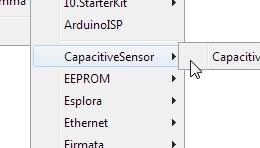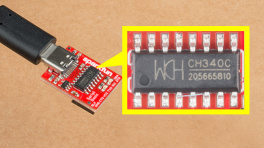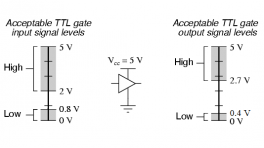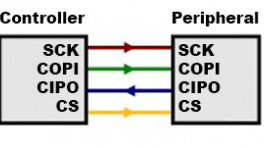Introduction
The STHS34PF80 sensor, from ST Microelectronics, is designed to measure the precise black-body radiation (as described by Plank's law) of an object; as well as monitor ambient temperature conditions within its 80° field of view. The sensor is composed of a matrix of floating vacuum thermal transistors MOS split into two parts, one exposed to IR radiation and the other one shielded. The differential reading between the segments, allows the sensor to remove self-heating effects. The STHS34PF80 also incorporates algorithms to detect and discriminate between stationary and moving objects. These features enable the sensor to work as a human presence and motion sensor in different applications such as alarm systems, anti-intruder systems, smart lighting, and room occupancy.
The sensor can operate in multiple lighting conditions and is unaffected by visible light or other bands thanks to the 5 to 20µm optical band-pass filter. The STHS34PF80 has an output data rates between 0.25 to 30 Hz and an available single-shot, which are accessed through its I²C/SPI interface. The SparkFun Qwiic Human Presence and Motion Sensor boards are available in both the standard 1"x1" Qwiic form factor and the mini breakout board. (The mini form-factor is also panel mount compatible for use in enclosures. (1))
- Please refer to the hardware implementation guidelines for the STHS34PF80 sensor.
Required Materials
To get started, users will need a few items. Now some users may already have a few of these items, feel free to modify your cart accordingly.
- Computer with an operating system (OS) that is compatible with all the software installation requirements
- A compatible microcontroller/Arduino board; we recommend the SparkFun RedBoard Plus.
- USB 3.1 Cable A to C - 3 Foot - Used to interface with the RedBoard Plus (1)
- SparkFun Qwiic Cable Kit (2)
- SparkFun Human Presence and Motion Sensor - STHS34PF80 (3)
- If your computer doesn't have a USB-A slot, then choose an appropriate cable or adapter.
- Check out our other Qwiic cable options.
- The mini version of this product is panel mount compatible.
Headers and Wiring
To add headers or hookup wires, users will need soldering equipment and headers/wire.
New to soldering?
Check out our How to Solder: Through-Hole Soldering tutorial for a quick introduction!
Jumper Modification
To modify the jumpers, users will need soldering equipment and/or a hobby knife.
New to jumper pads?
Check out our Jumper Pads and PCB Traces Tutorial for a quick introduction!
Suggested Reading
As a more sophisticated product, we will skip over the more fundamental tutorials (i.e. Ohm's Law and What is Electricity?). However, below are a few tutorials that may help users familiarize themselves with various aspects of the board.
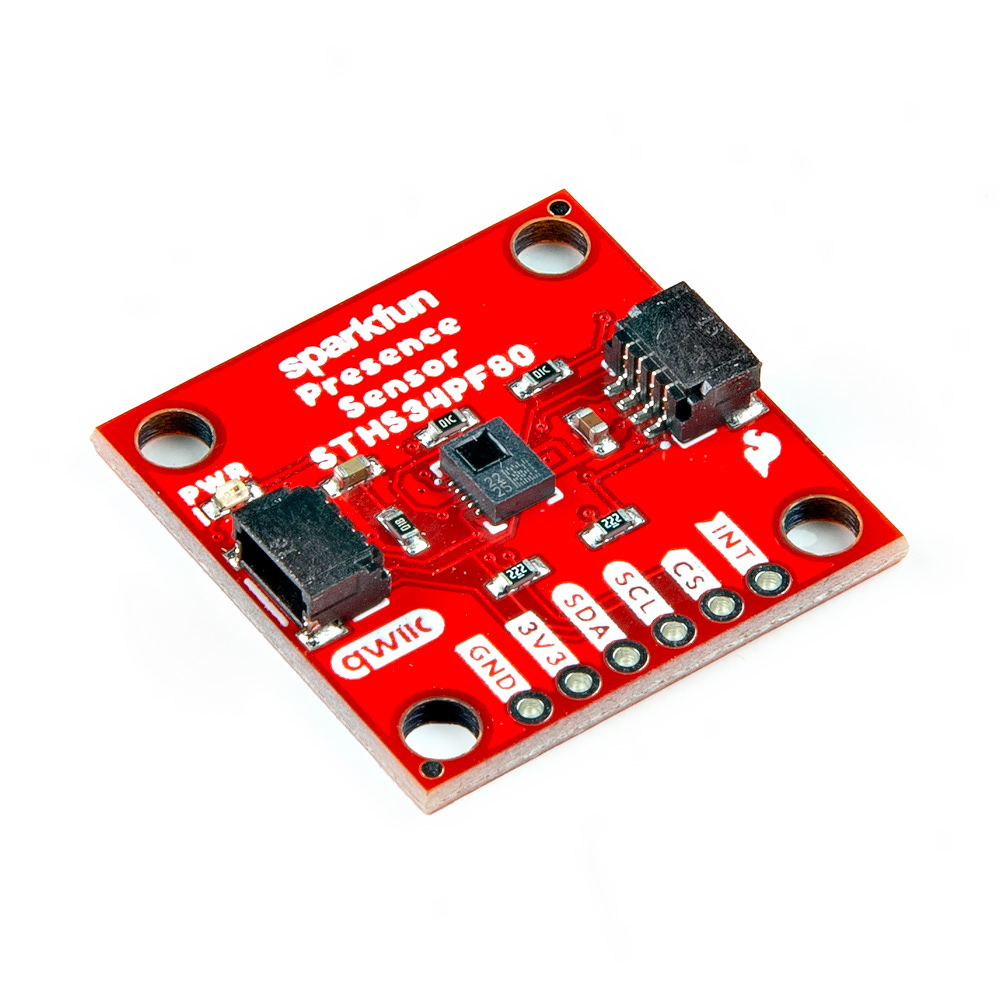
 Purchase from SparkFun
Purchase from SparkFun 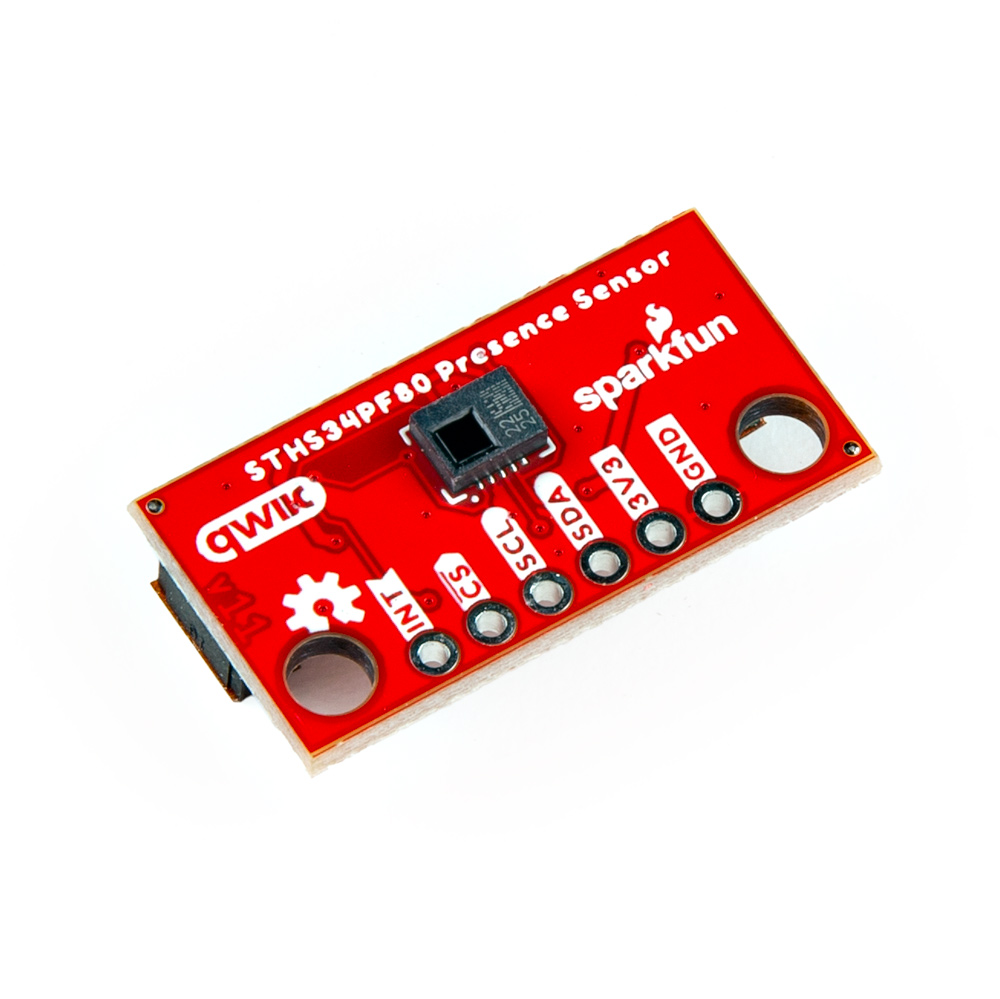
 Purchase from SparkFun
Purchase from SparkFun 
